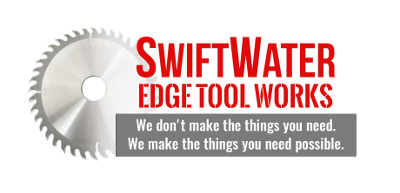Saws get bent or kinked for a wide variety of reasons (a bend is a curve in one direction, a kink is 2 or more curves in opposite directions). Rough handling can lead to saw damage (being thrown in a tool box with other tools unprotected for example) but most saw bends or kinks come from bad sawing technique.
Putting too much down pressure on a handsaw (digging in the teeth) near the toe (the narrow end of the saw) is almost guaranteed to result in a bend when pushed. Twisting the handle when removing the saw from the cut will usually twist the blade end to end. For a long 2 man crosscut saw, pushing on an end (crosscuts should only be pulled) or allowing the tree or log to pinch the blade will usually end up with an ugly kink. Kink, twist, or bend, the bottom line is a saw that won't cut a straight line without being wrestled with (and sometimes not even that).
Once a saw is kinked, bent, or twisted, it's virtually impossible to get them back as straight as they came from the factory. The good news is that they can be straightened enough to have them cut a straight line with minimal correction, making them usable again.
We hand hammer saw blades on a anvil using an assortment of vintage tools for a repair that no machine can give you. Don't give up a nice vintage saw because of a kink, let us put it back true!

